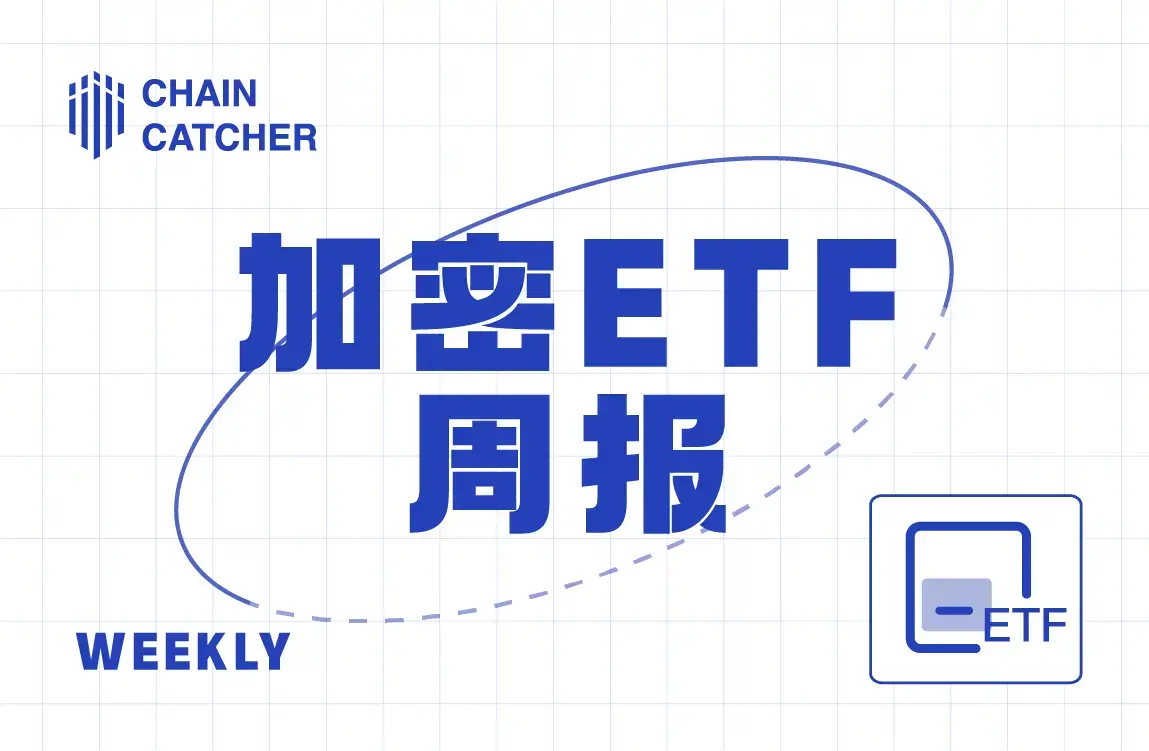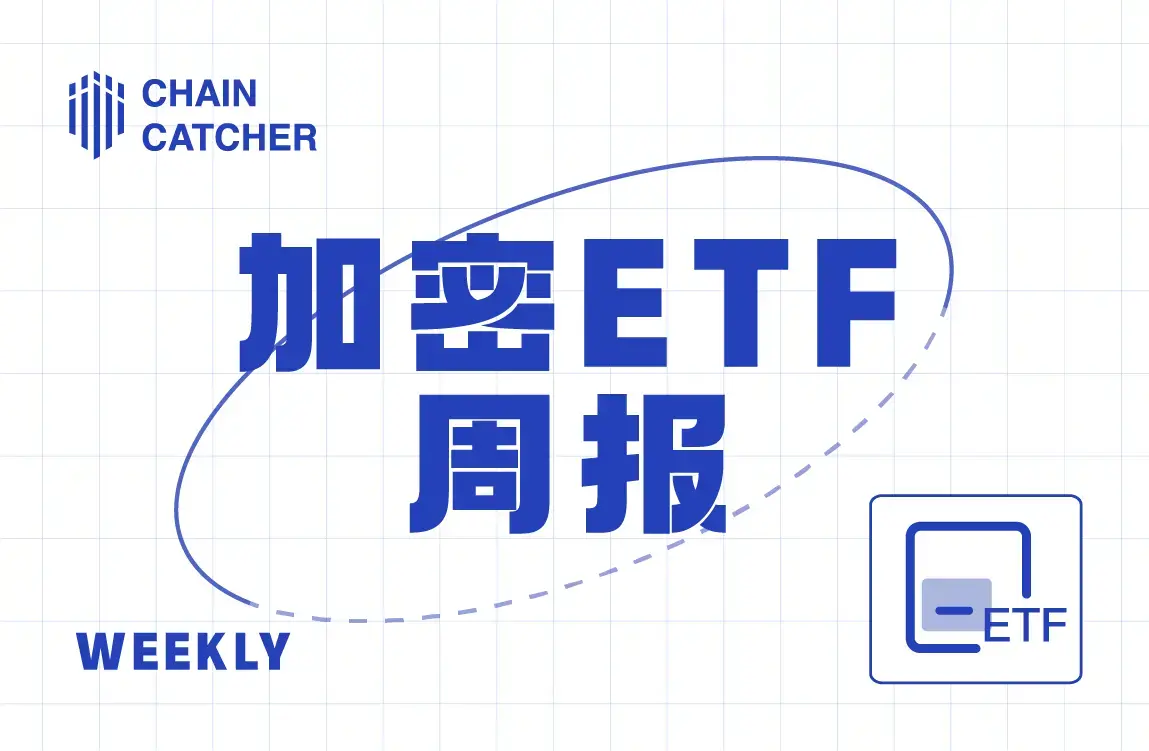The Ethereum spot ETF is about to be launched. Should we be bullish or bearish?
Author: Gyro Finance
The market is bleak, but there is quite a bit of news surrounding Ethereum.
Positive news continues to emerge regarding the Ethereum spot ETF. First, ConsenSys announced that the SEC has stopped its investigation into the securities status of Ethereum. Then, market news indicated that the Ethereum spot ETF is expected to be approved and launched on July 2. Standard Chartered Bank is also getting involved, as it has been reported that they will build a trading platform for Bitcoin and Ethereum.
Despite the numerous reports, the market remains unimproved, as Bitcoin briefly fell below the $60,000 mark, and Ethereum returned to below $3,400. However, comparing it to the drop to $2,900 at the end of May due to insufficient narrative, and looking at the recent decline elasticity of mainstream coins, it can be seen that the expectations for the spot ETF have provided strong price support for ETH.
At this point, the long-awaited Ethereum spot ETF is about to be launched, and its performance post-listing has become a focal point of industry discussion. Will it quickly drop due to profit-taking, or will it be able to withstand the pressure with institutional capital? The market has sharply differing opinions on this.
The performance of Ethereum this year can be described as a rollercoaster, but the main narratives revolve around the Cancun upgrade and the hype surrounding the Ethereum spot ETF.
On March 13, the Cancun upgrade was completed, and ETH reached a high of $3,981. After that, the price fell as ETF news turned negative, and when the ETF approval seemed hopeless, the price dropped significantly. After a dramatic reversal, it surged back to $3,600 overnight, then continued to fluctuate at high levels in sync with the broader market.

After the "618" sales event, the crypto market entered a cooling period again. Due to insufficient liquidity, prices are easily influenced by sentiment. Recently, under the pressure of ETF fund outflows and panic selling, mainstream value coins have continued to decline. However, compared to Bitcoin's 7.72% drop from $65,000 in a week, Ethereum's decline was only 3.18%, showing relatively strong support. Moreover, in terms of the market itself, there have been several positive fundamental developments for Ethereum recently.
First is the clarification of its non-securities status. Last week, ConsenSys announced on social media that the U.S. Securities and Exchange Commission (SEC) has decided to end its 14-month investigation into Ethereum. Although lawsuits surrounding ETH are still ongoing, this fact is undoubtedly a milestone in crypto regulation.
The abandonment of the investigation into Ethereum means that the SEC will not later claim that ETH sales are securities transactions. This point resonates with the passing of the Ethereum ETF 19b-4, which implies the exclusion of Ethereum's securities status. However, prior to this news, there were still rumors that the SEC might take issue with this, as the SEC chairman has repeatedly avoided discussing Ethereum's status, even after the ETF approval.
On the other hand, if Ethereum is no longer classified as a security, then the POS mechanism and staking mining within the mechanism are also likely not to be considered securities activities, which could increase the number of applicants for the Ethereum spot ETF. Previously, due to the SEC's aversion to staking, all applicants had removed "staking" from their S-1 forms, raising doubts about the competitiveness of the ETF. For investors, without staking rewards and with additional management fees, the yield would inevitably be lower than directly purchasing ETH. Of course, this speculation overlooks the consideration that under current U.S. regulations, large institutions like banks cannot directly purchase virtual currencies.
The second major positive is the approaching timeline for the ETF. Although the SEC chairman mentioned in an interview that an announcement regarding the approval of the Ethereum spot ETF would be made this summer, the lack of a specific timeline has left the market anxious. Recently, a tentative timeline has finally emerged. On June 21, Bloomberg ETF analyst Eric Balchunas announced on social media that the issuer of the Ethereum spot ETF is expected to submit a revised S-1 form later in the afternoon. After that, the SEC will notify the issuer of the final modifications and validity, with the spot ETF expected to launch on July 2. Given his previous accurate predictions regarding the Bitcoin ETF launch and the reversal of the Ethereum ETF, this timeline holds a degree of credibility.
Additionally, Standard Chartered Bank has also announced that it is building a trading platform for Bitcoin and Ethereum. If this news is true, trading channels will be further expanded, and the barriers for investors will continue to lower. However, under the current circumstances, traditional institutions face significant challenges in regulatory feasibility and infrastructure when engaging in trading activities.
Despite the frequent positive news, the actual price performance can only be described as mediocre, and the market has varied opinions on the upcoming ETF.
In terms of market scale, the Bitcoin ETF provides an excellent example. According to data from Farside Investors, since its launch in January, net inflows for BTC-related products have reached $14 billion, with assets under management (AUM) exceeding $50 billion. However, the scale of the Ethereum ETF raises concerns.
The vast majority of analysts believe that Ethereum (ETH) can only capture 15-20% of Bitcoin's market share. JPMorgan analysts believe that by the second half of 2024, the Ethereum ETF will only attract about $1 billion to $3 billion in net inflows. Andrew Kang, co-founder of Mechanism Capital, shares a similar view and has written a detailed article analyzing the impact of the Ethereum spot ETF on the market.
In his view, excluding hedging trades and spot rotations, the real net inflow for the Bitcoin ETF is $5 billion. According to Eric Balchunas's estimates, ETH's inflow could be 10% of BTC's, meaning that the actual net purchase flow within the first six months after the ETF approval could be $500 million, with optimistic estimates around $1.5 billion.

He emphasizes that for ETFs targeting traditional institutions such as pension funds, endowment funds, and sovereign wealth funds, Ethereum is not popular. First, Ethereum's institutional market holdings are smaller than Bitcoin's; before the ETF approval, Ethereum's holdings in the CME accounted for only 0.3% of the supply, while BTC accounted for 0.6%. However, before the ETF launch, ETH had already risen fourfold from its low, while BTC only rose 2.75 times, reflecting limited upside potential for ETH. Second, from a quantitative data perspective, Ethereum also performs poorly, with a 30-day annualized revenue of $1.5 billion and a price-to-earnings ratio of 300, which is negative when adjusted for inflation.
A more pragmatic reason is that due to the sudden nature of the approval, issuers did not spend a lot of time persuading holders to convert ETH into ETF form, and choosing the ETF also means bearing the opportunity cost of staking rewards. Andrew expects that before the ETF launch, ETH's trading price will be between $3,000 and $3,800. After the ETF launch, the expected price will be between $2,400 and $3,000. If BTC rises to $100,000 by the end of Q4 2025/Q1 2026, it may drag down the rise of Ethereum and altcoins, with the ETH/BTC ratio being lower, and the ratio for the next year will be between 0.035 and 0.06.
Where there are bearish voices, there are naturally bullish arguments as well.
In response to Andrew Kang's analysis, Degentrading provided a counterargument, suggesting that Ethereum could reach $6,000 by September. They emphasized that in discussions with traditional financial professionals, the market's enthusiasm for ETH and even SOL is higher than for BTC. Furthermore, although Ethereum's scale is about one-third that of Bitcoin, its liquidity is only about 10% of BTC's, meaning that an inflow of $3-4 billion would have a substantial impact on ETH, and Grayscale's ETH trust holdings also put less selling pressure on Ethereum compared to Bitcoin. A recent report from Deribit Insights also provided bullish signals, indicating that the buying volume premium for ETH September $4,000 call options has exceeded $12 million, reflecting rising mid-term market optimism.
Regardless of external controversies, ETF issuers have already sounded the drum for a fee war. Last week, several spot Ethereum ETF issuers submitted revised S-1 forms, and in terms of fees, to capture market share, Ethereum's fees are generally lower than Bitcoin's. VanEck disclosed a fee as low as 0.20%, very close to Franklin's 0.19%. In this context, other institutions like BlackRock will be pressured to keep fees below 30 basis points.
Previously, due to a lack of profitability, Cathie Wood's Ark Investment Management withdrew from the Ethereum ETF competition. She mentioned that the Bitcoin spot ETF did not generate any profits for the company because the fees charged to investors were too low, with a rate of only 0.21%. Although this is similar to the fees charged by other Bitcoin ETF issuers, it is still significantly lower than the rates charged by other non-crypto ETFs.
In this context, allowing staking may add some competitiveness to the Ethereum ETF. Although no ETF issuer has yet modified its stance to support staking, it is likely that under future profit pressure, issuers will make such modifications. However, it is worth noting that if staking is allowed, for security and efficiency reasons, issuers may build their own nodes to become validators, which could dilute the market share of other Ethereum ecosystem projects.
Returning to Ethereum itself, as the largest application platform in the crypto space, the price of ETH actually represents the development of the entire crypto ecosystem. However, in recent years, as application and ecosystem development has hit a bottleneck, the hype cycle for Ethereum has begun to focus on upgrades. Besides the vitality brought by staking, it exists more as a symbolic representation of mainstream coins.
Compared to Bitcoin's value consensus, Ethereum's positioning in the eyes of institutions is quite ambiguous. On one hand, it is a blue-chip stock among tech stocks, an absolute leader in the blockchain world; on the other hand, it is also a product that is more easily replaceable among investment products, with less price stability than Bitcoin, sometimes even falling without rising, and its gains are not as strong as some U.S. stocks. Especially in the current context of limited application innovation, Ethereum's ecosystem growth has slowed, and the MEME cycle has also turned, with occasional claims that Solana will surpass Ethereum.
Although there is much debate over whether Ethereum is a superior investment product compared to Bitcoin, no one can deny Ethereum's status and network effects. This is also why the market is highly focused on the Ethereum ETF; funds for Ethereum could potentially flow into the altcoin market through staking, while Bitcoin's funds would not.
Looking at various price perspectives, it is highly likely that Ethereum will experience high volatility after the ETF approval. Focusing on profit-taking, being bearish in the short term and bullish in the long term aligns with market price expectations. Moreover, before the approval, various coins in the ecosystem have already begun to be hyped, which may also be one of the alternative ways to profit.










